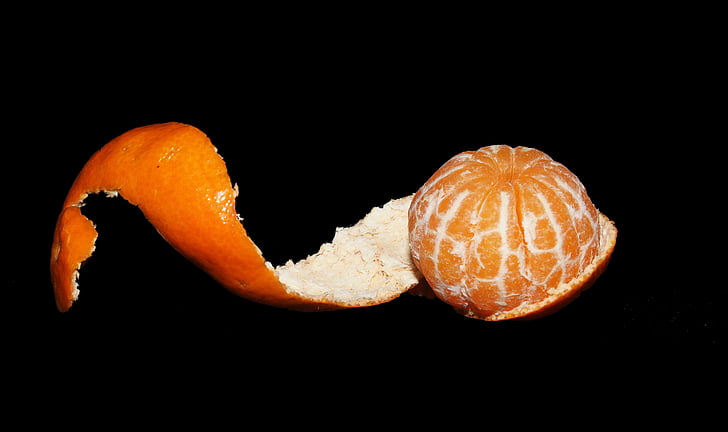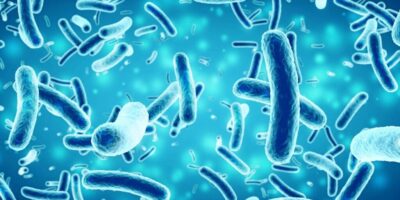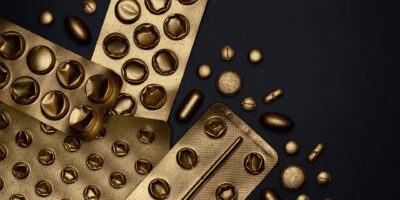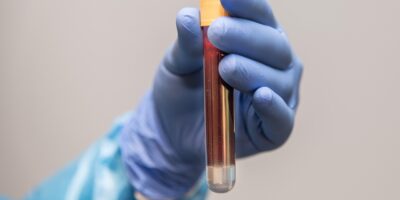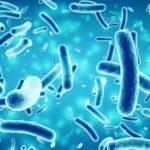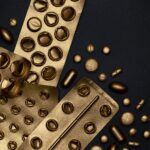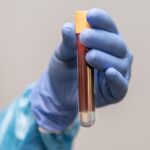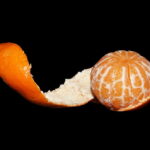Synthetic plastics are integral to a vast variety of fields, from packaging in agriculture to tools used in medicine. However, natural decomposition of synthetic plastics can take 400-1000 years. This creates massive plastic pollution. It clogs waterways, harms wildlife, and is difficult to recycle. Plastic use is difficult to avoid due to its versatility and cost-effective production. In contrast, bioplastics are biodegradable and/or biobased, easier to break down, and far less environmentally damaging than the common synthetic plastics. Even so, finding effective bioplastics can be an arduous task.
Possible Solution?
Polyhydroxyalkanoate (PHAs) are one of the leading families of bioplastics produced by the fermentation of various microorganisms. It’s highly popular due to its durability and its high biodegradability. Polyhydroxybutyrate (PHB) is the most common type of PHA, but its costly and time-consuming production is one of the biggest barriers to its wider usage. It works like this: an efficient microorganism that is sustained on salts (known as a halophile) feeds on a substrate/carbon source and produces PHB via metabolism. So it’s incredibly important that the substrate is cheap and largely produced.
What is cheap, creates a lot of waste, and is something common in our lives? Orange peels! Hence why researchers decided to investigate its viability as a carbon source in this study.
Process of the Trial
The study was divided into several stages, each with a different goal. The first goal was to determine the best marine microbial species to pair with the orange peel substrate. The second was to find the optimal conditions to maximize the amount of PHB production. Lastly, testing was done to confirm that the product is indeed PHB.
For the first step, water and soil samples were collected from Egypt, an area where lots of halophilic microbes are known to inhabit. 15 bacterial strains from the water were isolated, and their respective PHB production was identified using a series of stains. The species of the strain that produced the most PHB (MH96) was then identified with the use of its 16S rRNA, a gene that all bacteria possess and have unique sections to each type. It was then matched through an algorithm, and a phylogenetic tree was constructed using the sequence to see the clusters and confirm the species. MH96 was identified as a part of the Halomonas meridiana species.
Scientists then fed the MH96 with orange peels and observed the difference in production with a variety of different factors during fermentation: (NH₄)₂HPO₄ concentration, orange peel concentration, nitrogen source type, temperature, starting pH, agitation speed, incubation duration, and inoculum size to determine the optimal conditions for the highest yield of PHB. They first tested each factor individually, then combined three of the best yields (Inoculum size, (NH₄)₂HPO₄ concentration, and initial pH) to optimize the production yield.
Finally, to verify if the plastic produced is truly PHB, six separate methods were used to fully confirm its identity. Each method tested for a different aspect, so the six combined were useful to provide a truly comprehensive and highly accurate result. One of the tests used was Fourier transform infrared chromatography analysis (FTIR). FTIR is mainly used to confirm a compound’s functional groups using Infrared spectra. The biopolymer was dissolved in chloroform and crushed with KBr pellets, and its spectra were collected and compared with previously published data.
Results
The results revealed that orange peels were indeed a viable alternative as a carbon source. The combination of the three factors optimized PHB production by more than five times the amount compared to MH96 with no optimization and just orange peel source (5.96g/L and 1.000g/L). The multiple tests on the biopolymer also confirmed it to be PHB. In particular, the FTIR bands showed stretching in areas that matched the stretches PHB should have and matched previous literature. Overall results were positive and achieved the goals of: 1. Finding a high-producing polymer strain and 2. Maximizing PHB production using the orange peel as a carbon source.
What’s next?
Although this particular experiment was able to achieve finding a cheaper alternative (orange peel waste) to the current bioplastics manufacturing. The yield is 5.96g/L, which is still quite low compared to current synthetic plastics. However, by finding that orange peel waste can be used as a carbon source. It opens up doors for further research, such as finding other bacterial strains that will further maximize production, as the scope of this study was quite small. Overall, this study is the first step to breaking down the door for the industrialization of bioplastics.
Citations
Hendy, M. H., Shehabeldine, A. M., Hashem, A. H., El-Sayed, A. F., & El-Sheikh, H. H. (2025). Optimization and characterization of polyhydroxybutyrate produced by Halomonas meridiana using orange peel waste. BMC Microbiology, 25(1), 304. https://doi.org/10.1186/s12866-025-04007-2
Park, H., He, H., Yan, X., Liu, X., Scrutton, N. S., & Chen, G.-Q. (2024). PHA is not just a bioplastic! Biotechnology Advances, 71, 108320. https://doi.org/10.1016/j.biotechadv.2024.108320
Plastic pollution | definition, sources, effects, solutions, ocean, & facts | britannica. (2025, October 1). https://www.britannica.com/science/plastic-pollution
Polyhydroxybutyrate—An overview | sciencedirect topics. (n.d.). Retrieved October 19, 2025, from https://www.sciencedirect.com/topics/agricultural-and-biological-sciences/polyhydroxybutyrate#:~:text=PHA%20refers%20to%20a%20family,plastics%2C%20making%20them%20viable%20substitutes.
*No AI was used in the writing of this article*
